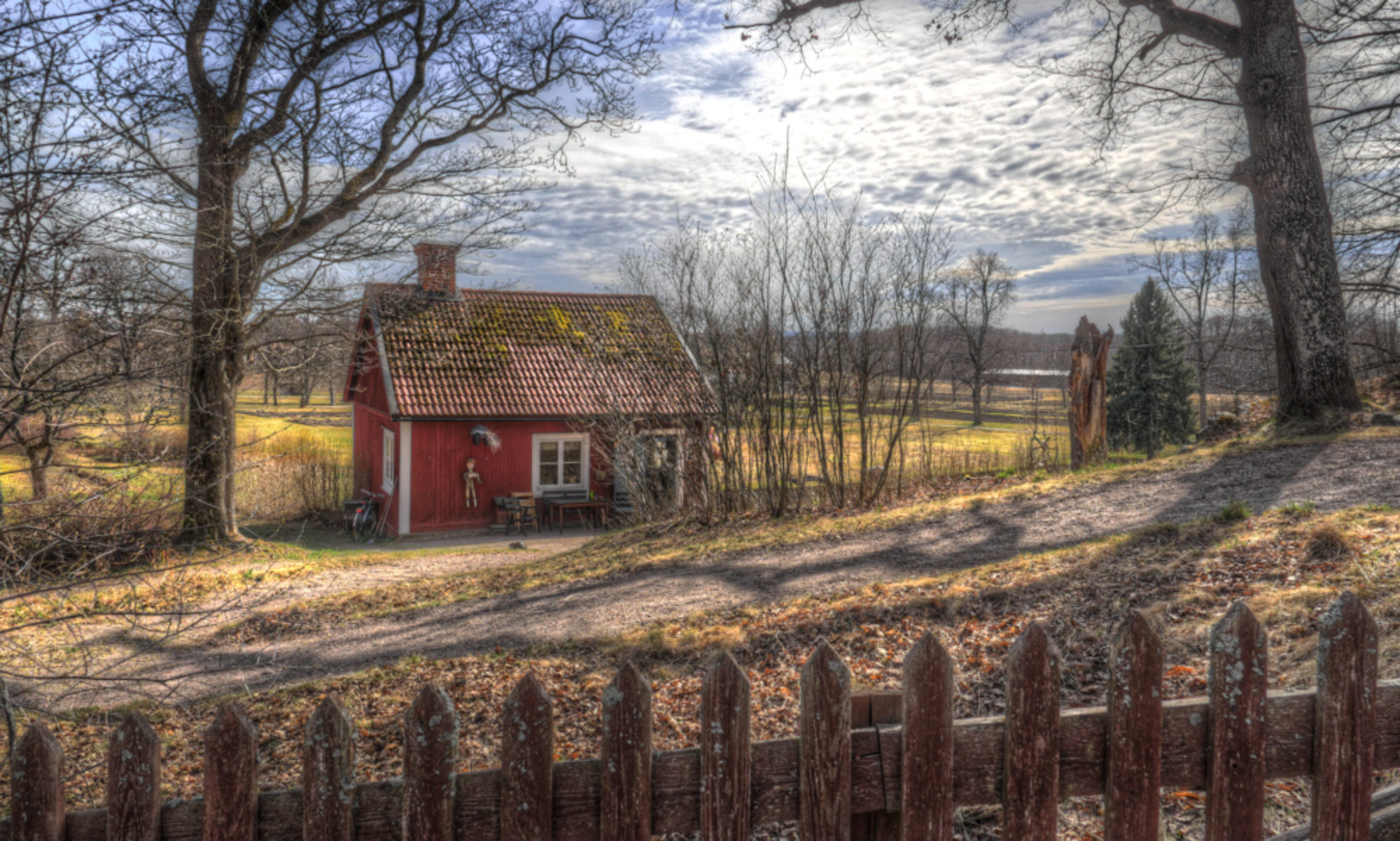Music soothes the savage beast but I’m not sure it will help if this blog post makes a certain person grumpy. I must swear you all to silence after you read this just in case and I’ll tell you why later. Now that we have convened the secret order of silent pen lovers who do not rat on Tom I think I can go on and get to the subject of this post: Music nibs!
Musical notation requires very thick and very thin strokes to form all those notes, clefs, and beams. If you were writing down the score of your operatic masterpiece by hand a pen with a lot of line variation (making a thick or thin line depending on direction of movement) would be handy. Also you’d want to make sure ink flow could keep up with those wide load lines while being distributed evenly along the flat “point” of the nib. Well, in a nutshell that’s what a music nib does.

In construction this kind of nib has a broad point which is thin in section to give the necessary line widths. Yes, it looks wide enough to use for shoveling tiny, tiny snow banks. Music nibs often cause people to think they are seeing double when first encountered due to a second unique structural characteristic. In order to get more ink to the point there are two ink-conveying slits which makes the nib have three tines (the fingers in the front of the nib divided by the slit) instead of two. What you wind up with is a bit of a mutant looking nib.

I’ve got two pens with music nibs to use as examples but I know no one who can actually write music with them. The writing samples I produced are just some doodles and those mostly shows that I’m a bad doodler. I hope you get an idea of what they write like at least.
The first pen is a Platinum celluloid series pen in the koi pattern. This is a nice medium sized cartridge/converter filled pen with a single tone gold music nib. It writes a bold line and the nib requires a bit of practice to get the hang of how to hold it. I find that obtaining a music nib on a new Japanese pen is easier than purchasing one on other country’s products.
Pen number two is a Eversharp Skyline and it isn’t my pen. This is the reason is why you all need to be quiet. As a favor to a friend (Leigh Reyes) I received a pen she purchased and will forward it to her home in that far, far away land where she lives (The Philippines). This is because some folks selling pens don’t ship want to ship to far, far away places. I’m sure she’s planning to blog about this pen when it arrives and I don’t know how happy it will make her to see that I am sticking it into a post before she can. Of course what she writes about it will be better than my stuff and her writing sample will be exquisite.

Greg Minuskin created the custom nib on this Vintage Skyline, it did not come this way originally. He makes many reworked points such as stub, italic, and the music variety seen here. From a normal two-tined Skyline nib he works metal magic re-tipping the point and making three tines seemingly out of thin air. I also assume he adjusts the feed for greater flow due to the new ink monster that sits atop it.
If you are wondering how a pen with such an unusual nib writes I can tell you it does so quite nicely. The Skyline lays down a very wet line but it starts right up, doesn’t skip, and gives good feedback while gliding across the paper. It feels like the nib belongs here and isn’t an intruder forced upon the pen by some mad pen doctor.
Here are the samples I promised and pre-apologized for:
Music nibs always remind me of one of my sadder pen events. Once I had Sheaffer Snorkel with an original factory music nib. This is where I should say something about hen’s teeth but I’ll practice restraint with overused metaphors. I sold it in one of my pen purges which I have every few years when I think I need to slim down the collection. I really should have kept that one.
I hope you enjoyed the music nib mayhem. These are fun pens to write with if you want to be big and bold. Oh, if you write music you might like them too.


